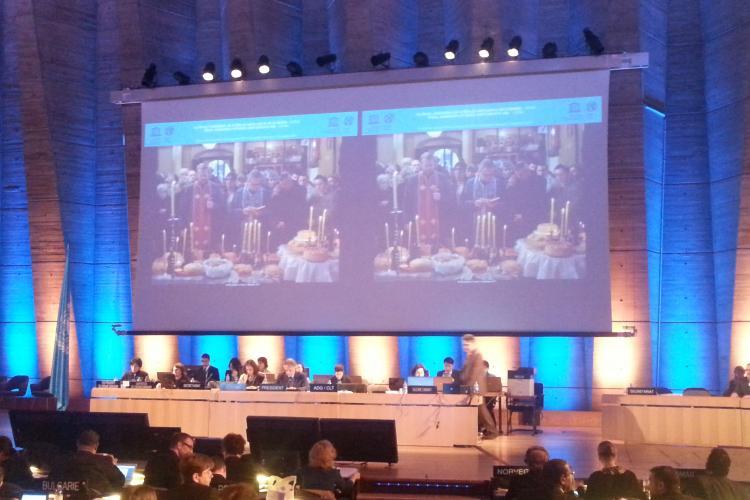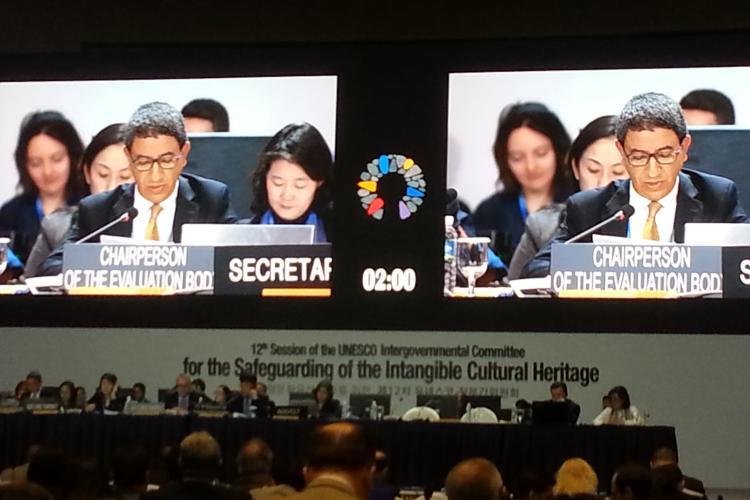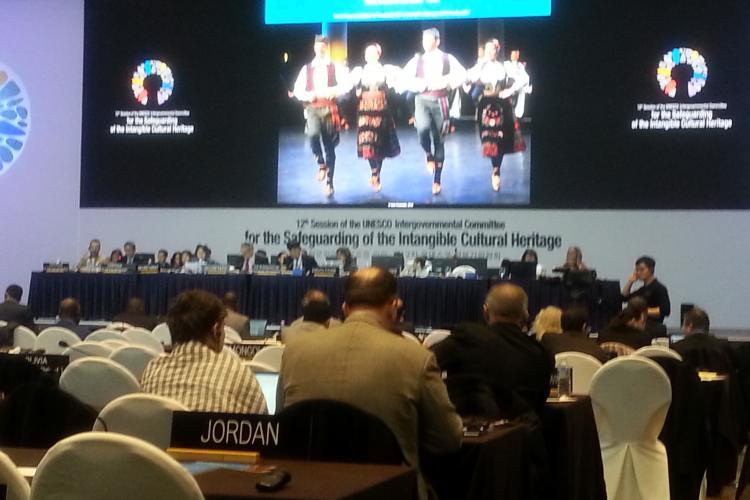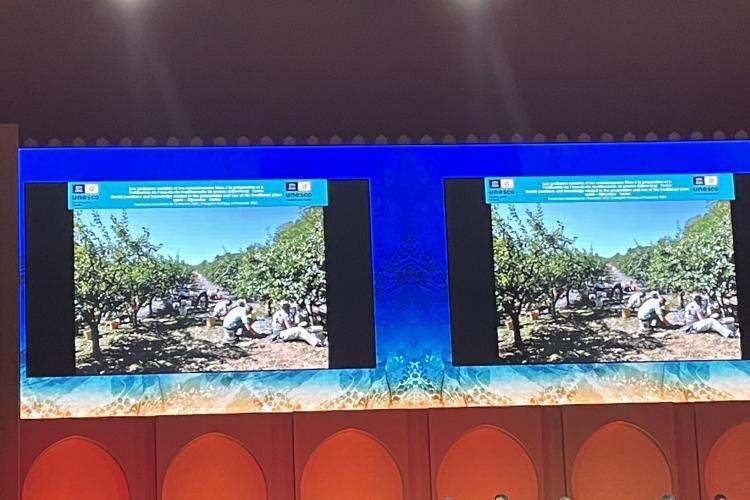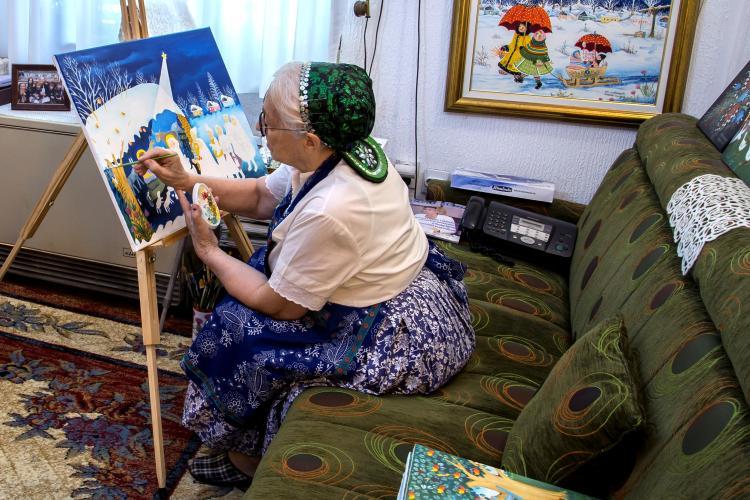Implementing the international mechanisms for safeguarding of the intangible cultural heritage and following the established priorities at the national level, the Republic of Serbia has included the following elements оn the Unesco Representative List of the Intangible Cultural Heritage of Humanity: Slava, celebration of family saint patron’s day (2014), Кolo, traditional folk dance (2017), Singing to the accompaniment of the gusle (2018), Zlakusa pottery making (2020), Social practices and knowledge related to preparation and use of the traditional plum spirit – šljivovica (2022) and Naïve painting practices of Kovačica (2024). This brought forth the international visibility of inscribed elements, as well as the intangible cultural heritage of Republic of Serbia as a whole.
The Center for Intangible Cultural Heritage of Serbia at the Ethnographic Museum in Belgrade has prepared nominations for inscription of these elements according to decisions of the National Committee for the Intangible Cultural Heritage and in cooperation with proposers and relevant institutions. The nominations were prepared with active participation of experts, heritage bearers, cultural institutions, educational and scientific-research institutions, local government bodies, citizens’ associations, nongovernmental organizations etc. The willingness of the bearers and broader community to act for safeguarding of the “living heritage” of Serbia and transmission to future generations was confirmed through the definition of safeguarding measures, letters of consent and video and photo-materials.
The Representative List of Intangible Cultural Heritage of Humanity was established through the Convention for the Safeguarding of the Intangible Cultural Heritage, as one of the mechanisms for safeguarding of “living heritage” at the international level, and the criteria for inclusion in this List were further determined by Operational Directives for the Implementation of the Convention. In order to be included in the List, the element must be a part of intangible cultural heritage as defined in Article 2 of this Convention, to be included in the National Register of Intangible Cultural Heritage, and to contribute to raising awareness on the importance of intangible cultural heritage and to encouragement of intercultural dialogue, thereby reflecting cultural diversity. In addition, the criteria for inscription imply that safeguarding measures that contribute to protection and promotion of the elements were already developed and officially accepted, and that the element is nominated with the broadest possible inclusion of communities, groups, or in relevant cases individuals, in such a way that they all are properly informed and gave their consent for the nomination.
